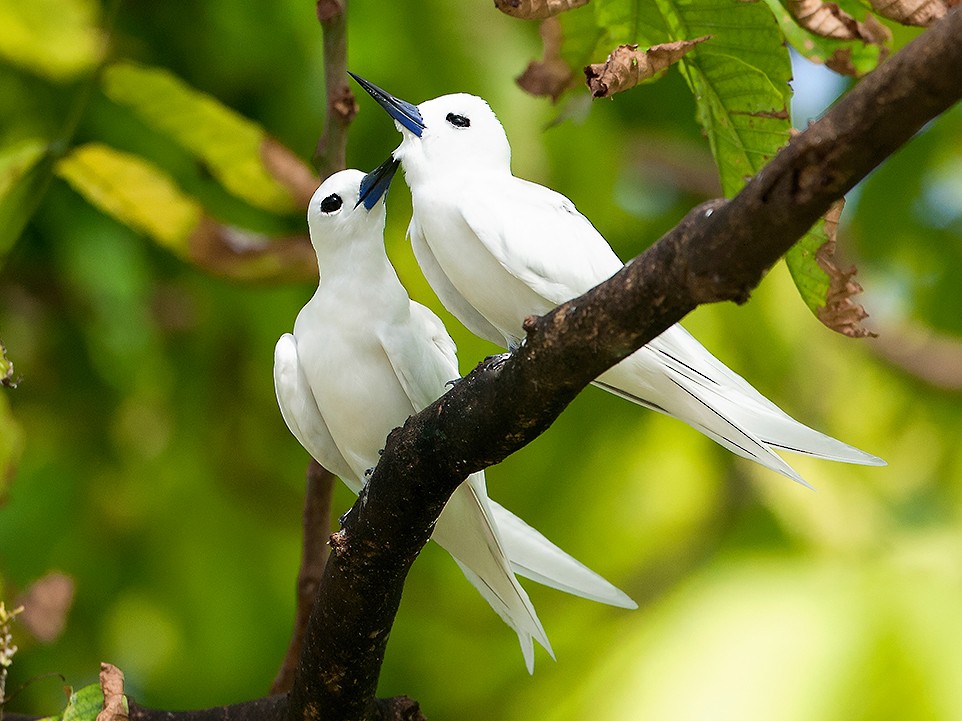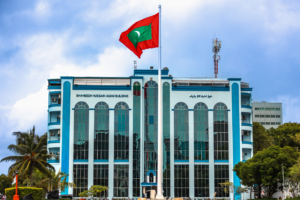White terns (Gygis Alba), commonly known as “Dhondheeni” in Maldives, is one bird almost all the Adduans are familiar with. The bird which symbolizes the city and has been used as the icon of Addu for as long as many can remember. But are we taking good care of them? Are we providing them with habitats they need to survive?
What is Dhondheeni?
The white tern or Dhondheeni is a small sea bird that is found almost all over the world. The White tern can be found broadly over the Pacific Ocean from the banks of Chile and Colombia to New Zealand and along the eastern and southern shorelines of Asia from China to India, Maldives, other islands of the Indian Ocean and the shore of South Africa. But the interesting fact is that White Terns are only found in the southern part of the Maldives, specifically Addu City to which they have been native, up until they started to migrate to Haodigala; an uninhibited island Ghaafu Dhaal Atoll. It is widely believed that some of the terns migrated to Gaafu dhaalu Atoll due to habitat destruction in Addu Atoll. As this has been the case, the birds have been put on the protected species list of Maldives.
The White Tern is one of the most excellent and intriguing inhabitant birds found in the Maldives. It has got all body white with bruised eye-ring and dark bill with blue at the base. Legs and feet are likewise blue, with yellow to webs.
Why is it protected and why is it so important to the people of Addu City?
It is believed that White Terns have been flourishing in Addu City for more than a century. This was only possible due to the absence of crows. White Terns were only inhabited in Addu City for a long period which led the government to protect the birds under the Environmental Protection and Preservation Act (4/93). This means that these birds can neither be captured, sold nor captivated for personal use.
As they were exclusive for Addu, it was a thing all Adduans were proud of which led to this bird becoming the emblem of Addu City. A monument of two white terns was also kept at end of the causeway leading away from Addu International Airport.
What are the threats to White Terns?
The biggest threat White Terns face right now will have to be loss of habitat and attack from predators. The main habitat of these graceful white fairy like birds are is breadfruit, mango, and other large trees. But as we are cutting down trees for personal use, most of the White Terns continue to lose their habitat.
Another major concern for the population of the White Tern population in Addu is the introduction of a foreign species of birds – crows, which were not seen in the city prior to a few months. Since the release of crows in to the wild of the area, they have been spotted attacking White Terns, and even eating away at the adult and young Terns.
So, what actually can be done to protect what symbolizes our city?
Now, only having a protection rule won’t protect the birds. Making capturing, selling, or captivating illegal and leaving the birds to nature will not suffice. The bitter truth here is that we have failed to protect White Terns as we continue to on ruin the habitats of the Terns. We haven’t done anything to help to increase the population of them and kept on doing carryout activities which have led to declining of their population.
So, step number one of protecting these birds is going to be providing them with good habitat. Minimize cutting trees so that they do not lose their habitat, and plant more trees which would prove to be a good home for the birds.
And looking into the matter of crows, if we had a good number of White Terns to fight against crows this problem would not have risen at first. But it was also very wrong of whoever introduced crows to the city. To solve this matter the Environmental Protection Agency and Fisheries Ministry permitted them to exterminate the crows.





